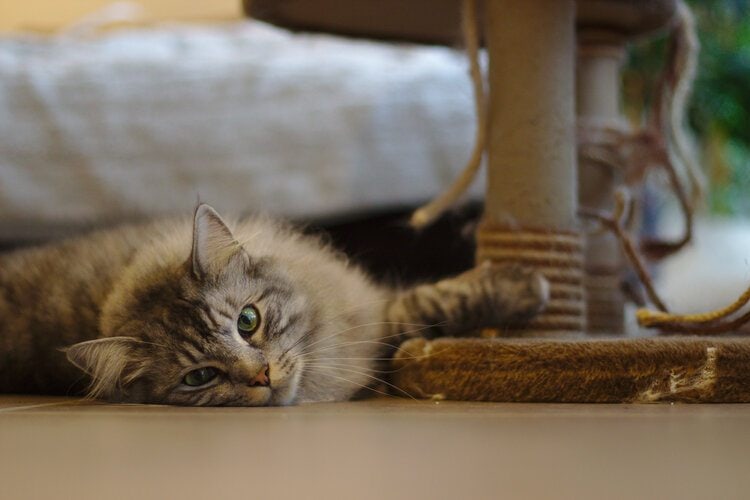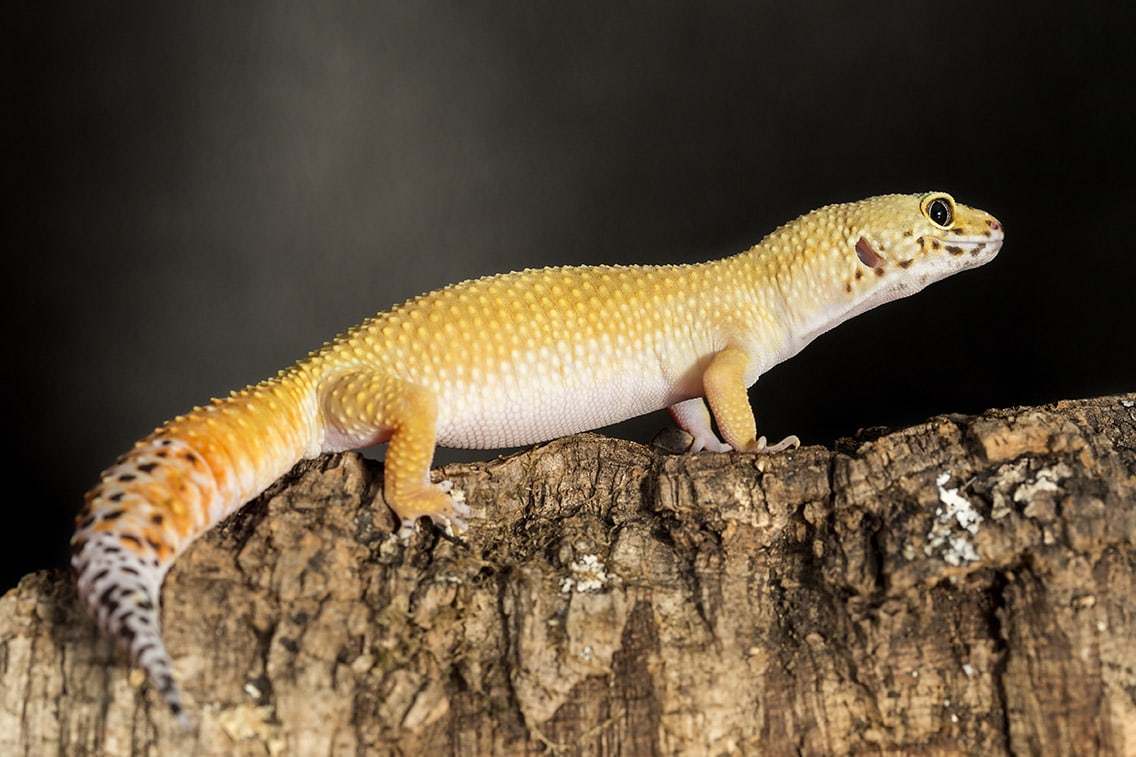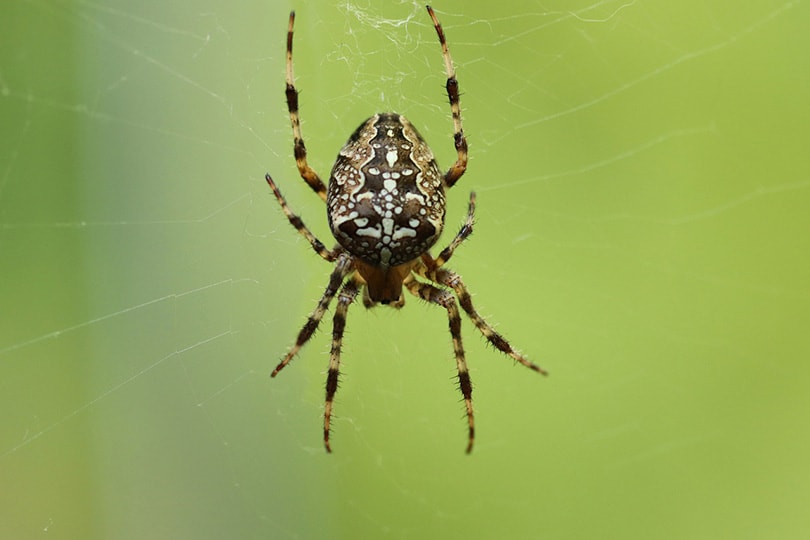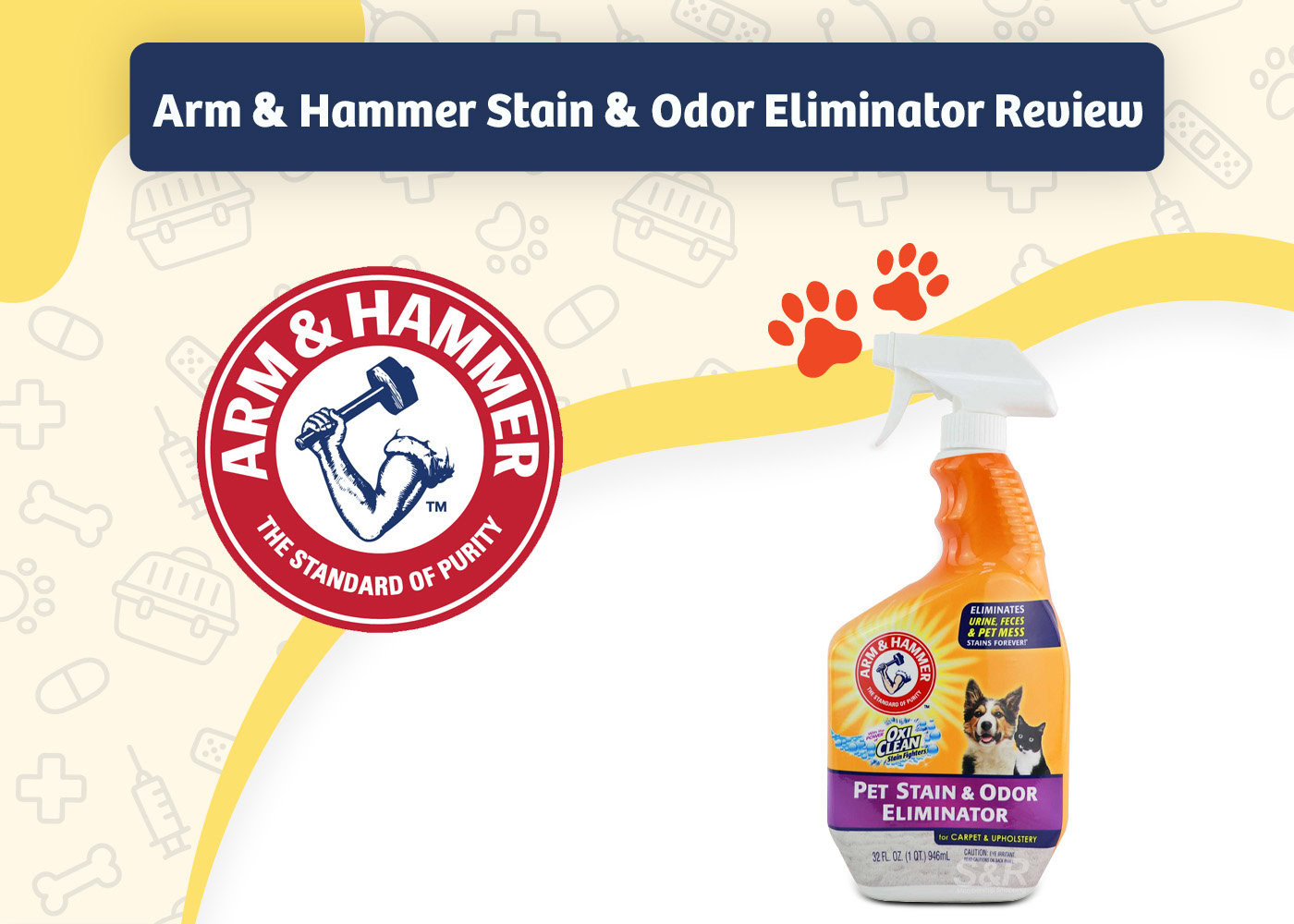VET APPROVED

The information is current and up-to-date in accordance with the latest veterinarian research.
Learn more »If your cat loves scratching your furniture and curtains, don’t take it personally; they’re simply following their natural instincts. Scratching is a normal feline behavior that helps cats communicate with other cats, stretch their muscles, and shed old claw sheaths. The key isn’t to stop them from scratching but to redirect this behavior to appropriate surfaces.
A good scratching post can provide your cat with a satisfying and non-destructive outlet for this instinct. However, there are several different types of cat scratchers, and you might have some questions about which ones are best for your pet. Join us while we discuss each type, so you can learn more about them. We will discuss the differences and when you’ll want to use each one to help you make an informed purchase.

The 5 Types of Cat Scratchers
1. Scratching Posts
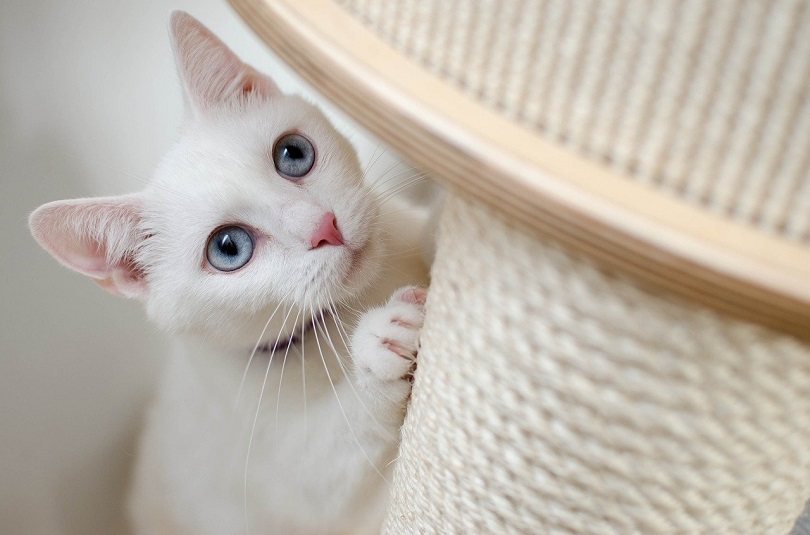
Scratching posts are the most popular and are probably what most people think of when they think of a cat scratcher. These scratchers feature a wide base that is typically more than 12 inches square. From this base, the scratching post will rise from the center. This post will usually be more than 2 feet tall but can be significantly taller in many cases. The post has a sisal covering, which is a plant fiber very similar to a rope. The sisal could be a fabric glued over the post, or a rope wrapped around it and pulled tight.
We prefer a scratching post with the rope wrap because you can replace it if it comes undone. The replacement sisal is inexpensive and easy to use. You cannot replace the fabric as easily. Some scratching posts have a carpet covering, which can be quite durable. But your cat’s claws can snag on some of the fibers, which might injure your pet, so we recommend avoiding them when possible.
2. Modern Cat Scratchers
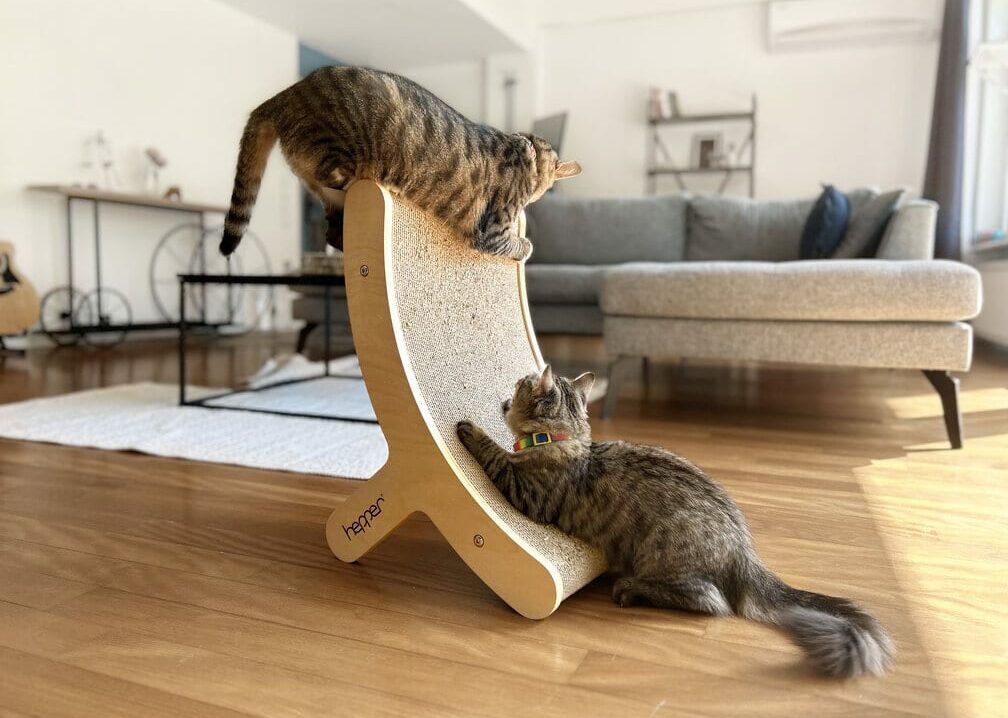
In more recent years, a new style of cat scratcher has emerged… the modern scratcher! There are quite a few companies that are designing beautiful pieces of cat furniture that break free of the molds of regular kitty-friendly pieces. They are multifunctional, with different configurations to entice playfulness as well as foster natural feline behaviors and instincts. Modern scratchers can be made with many different materials, from cardboard to sisal rope.
The Hepper Hi-Lo Cat Scratcher features a modern and clever design that offers cats an appealing place to scratch – and a way to keep them from scratching all the things they shouldn't. Unlike most cat toys (where your cat probably just prefers the cardboard box they came in), cat's flock to this design ... maybe it's because there's cardboard in it!
With its 3-position setup, textured cardboard, and sturdy frame, it encourages their natural scratching behavior, steering them away from clawing at items like furniture, walls, carpets, curtains, and people. The Hi-Lo is a reliable solution to safeguard your home and create a more enjoyable environment for your cat, all while looking modern and stylish. At PangoVet, we've admired Hepper for many years, and decided to take a controlling ownership interest so that we could benefit from the outstanding designs of this cool cat company!
3. Scratching Towers
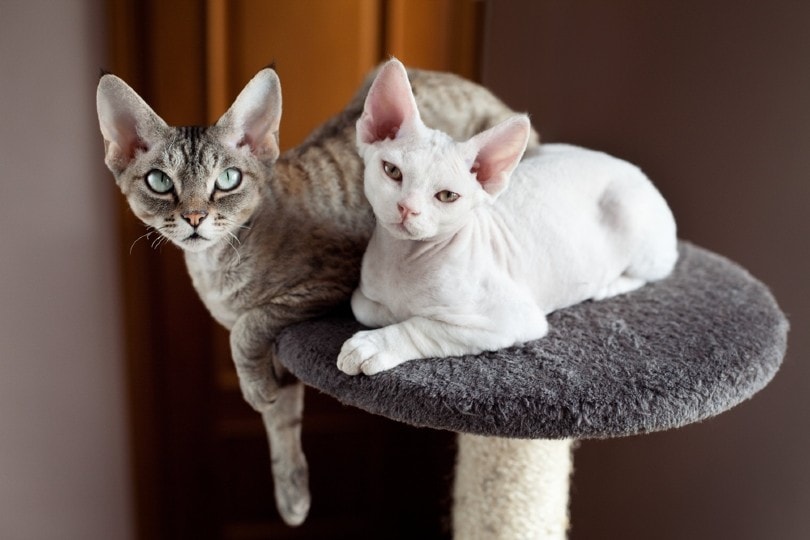
Scratching towers are a large version of the scratching post. These scratchers are often much larger and feature multiple platforms that double as resting platforms. These scratchers are perfect when you have multiple cats, and they often fasten directly to the wall for added stability. It will often use the same sisal scratching material that the scratching post uses. You can also replace the sisal rope as it wears out. The platforms are often covered in carpet to provide a comfortable space to relax, and there may be hanging toys to play with as well. Scratching towers are quite a bit more expensive than scratching posts, but if they are out of budget, you can build your own with only a few boards and a spool of sisal.
4. Vertical Scratchers
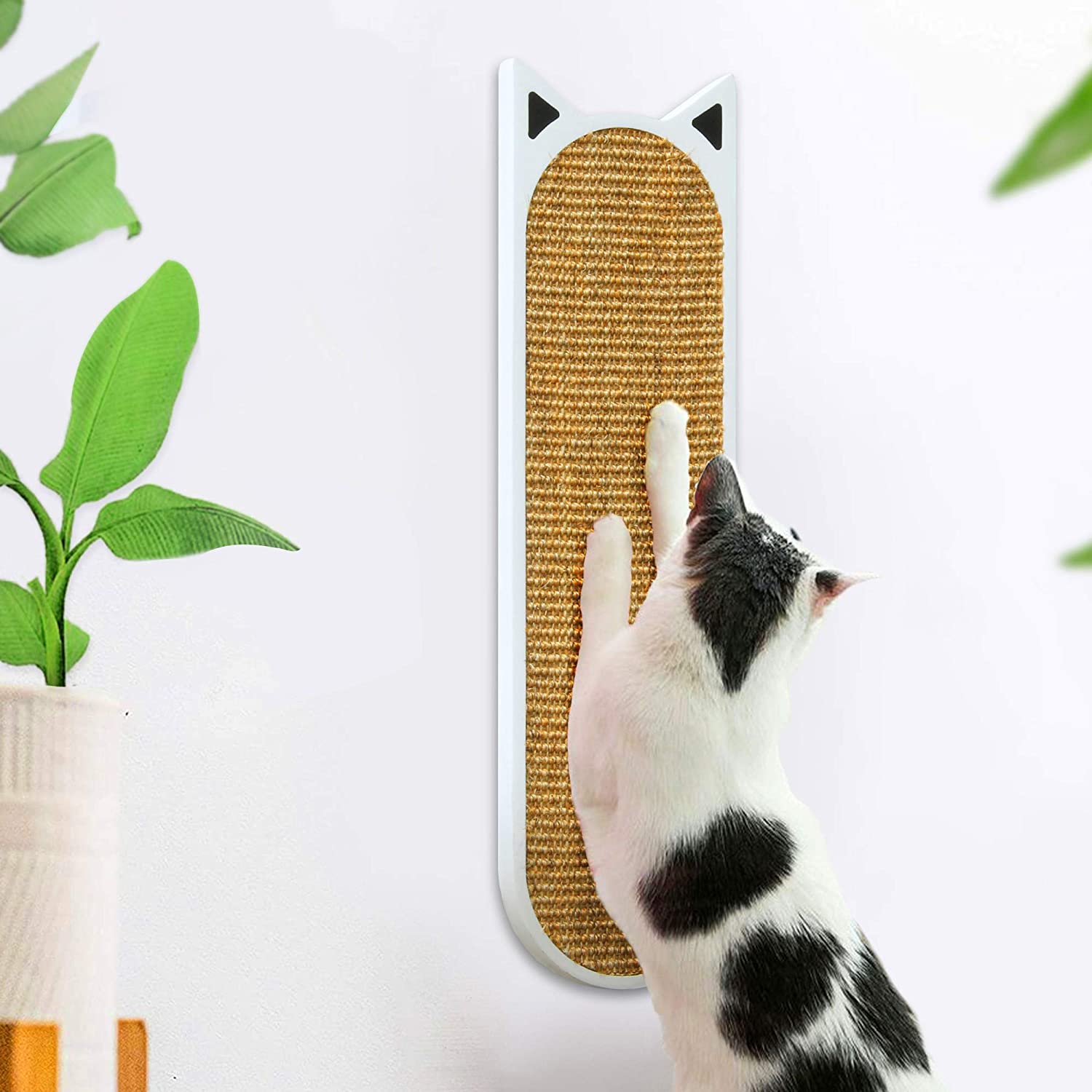
Vertical scratchers are a bit different than the other types we have looked at so far. This type hangs on the wall like a sign and uses different materials such as cardboard, carpet, or rope as a scratching surface. The cardboard used in these scratchers is often recycled and is biodegradable, so it’s good for the environment. The price varies, and you might be able to buy several for the price of the types we have looked at so far. The only downside to these types is that they don’t last as long as sisal-wrapped posts, and they could make a mess with paper shavings if you have an aggressive scratcher.
5. Flat Scratchers
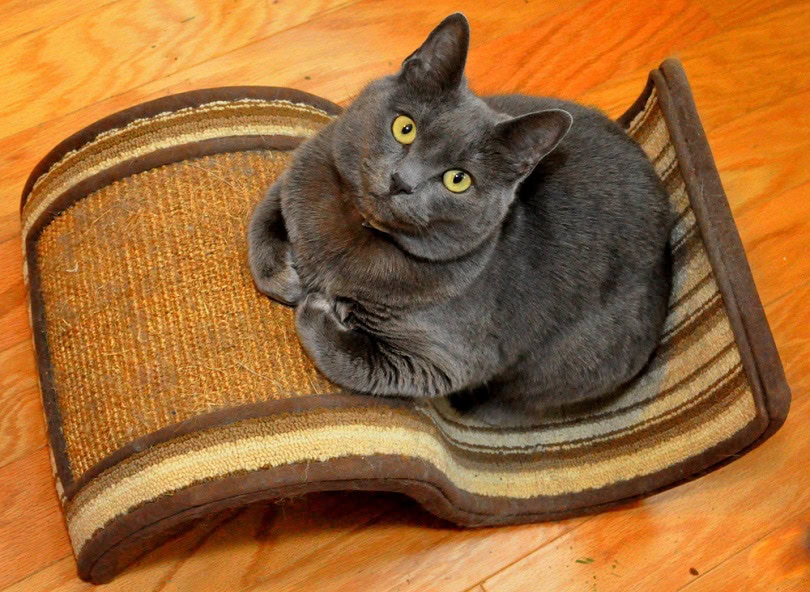
You can also call a flat scratcher a horizontal scratcher. It’s quite similar to the last type, but as you might have guessed, it lays flat on the floor. Like the vertical scratchers, these use different materials. You can place these scratchers anywhere in your home, and they are especially effective in areas where your cat already likes to scratch. Unfortunately, this type can also make a mess if your cat is an aggressive scratcher.

Which Type of Cat Scratcher Should I Use?
We recommend getting multiple cat scratchers and placing them around your home, so there is always one nearby if your cat gets in the mood—at least one on every floor is ideal. The type you need depends on the cat. You want one they will use, so you might want to start with one scratching post and one cardboard type to see what your cat prefers. Once you know, you will want to populate your home with more of the same kind.
How Can I Get My Cat to Use the Scratcher?
If your cat refuses to use any scratcher, you can try to rub a small amount of catnip onto the surface. Catnip will invite most cats to investigate and they may start to use the scratcher. You can also watch your cat for signs they’re about to start scratching and place them by the scratcher while scratching it yourself to attempt to get the idea across. It may take several tries with both methods and patience and consistency are key to training your pet.
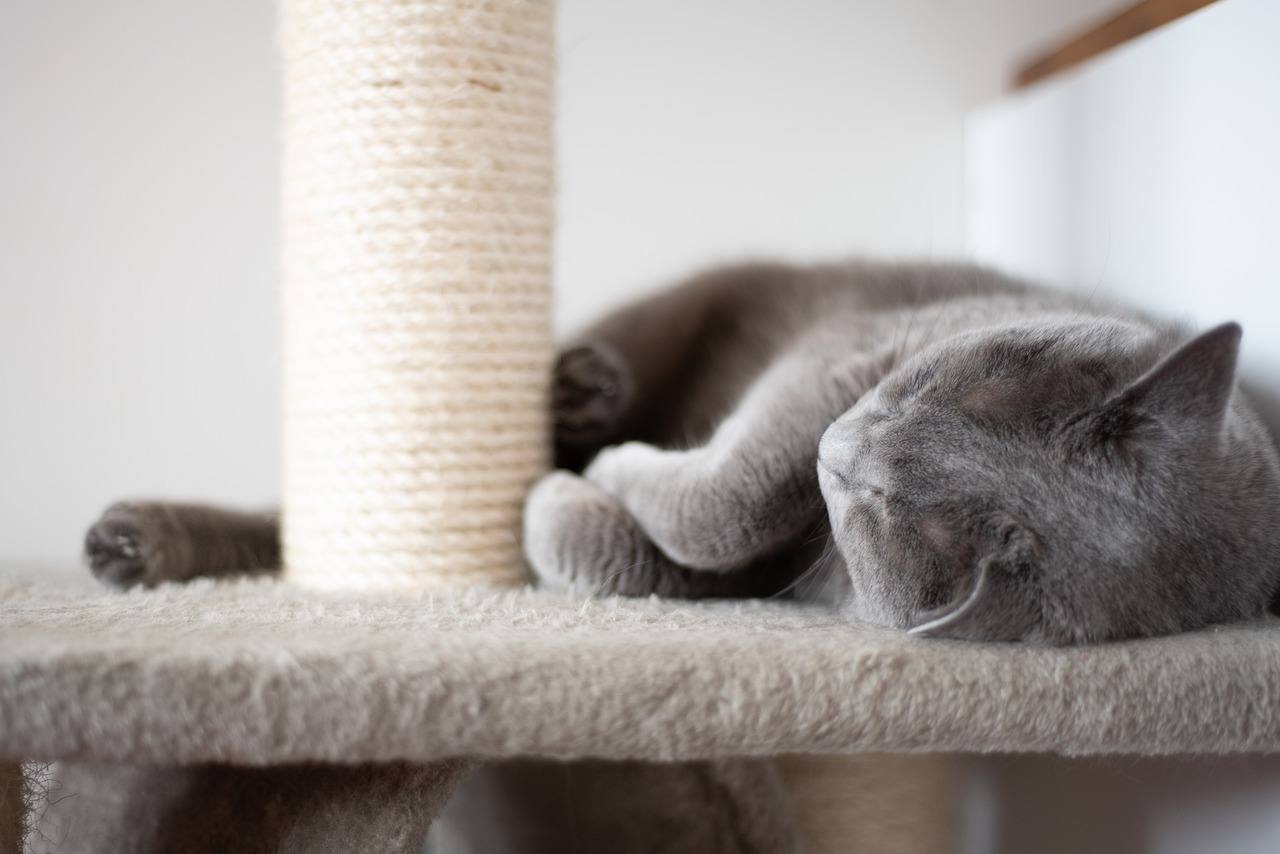

Final Thoughts
When choosing a cat scratcher, we recommend a standard scratching post with a wrapping of sisal rope. You can replace this rope as it wears out inexpensively and with minimal effort. If your cat doesn’t use the post, even after applying catnip, we recommend trying the cardboard types. Once you know what type your cat will use, you can get several to place around your home to prevent damage to your furniture and curtains. If you have multiple cats and plenty of space in your home, scratching towers provide your cat with a gym, lounge area, playground, and scratching post that is sure to get plenty of use.
We hope you have enjoyed reading over this guide and found the next kind of scratcher you want to try. If we have helped protect your furniture, please share this guide to the four types of cat scratchers on Facebook and Twitter.
See also:
- Why Does My Cat Use Me as a Scratching Post? 5 Possible Reasons
- Sisal Fabric vs. Sisal Rope for Cat Scratching Posts – What’s the Difference?
- Why Do Cat Scratches Itch? 5 Vet Reviewed Possible Reasons
Featured Image Credit: EbneRol, Shutterstock
